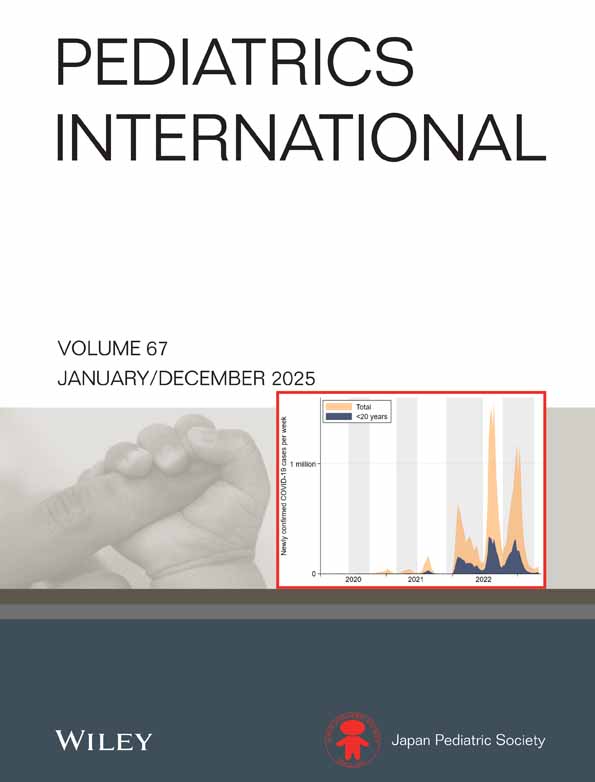Serial changes of plasma nitrate in the acute phase of Kawasaki disease
Abstract
Background : Endogenous nitric oxide (NO) production increases with clinical conditions associated with immune stimulation. In Kawasaki disease (KD), various cytokines play a role in inflammatory reactions in the cardiovascular system. The authors hypothesized that elevated concentrations of nitrate was related to the severity of vasculitis. The aim of the present study was to evaluate serial changes of plasma nitrate concentrations in the acute phase of KD and to consider how NO is related to the inflammatory process of KD and to the coronary artery lesion (CAL).
Methods : Thirty patients with KD and 20 age-matched healthy controls were enrolled in the present study. Blood samples were obtained weekly for the first and second months. The patients were divided into two groups: one with CAL (n = 11) and another without CAL (n = 19). Plasma nitrate was measured by high-performance liquid chromatography.
Results : In both groups, plasma nitrate increased remarkably from the first week to the third week. Peak concentrations of nitrate (mean ± SD, µmol/L) in each group were as follows: 56.9 ± 23.8 in the CAL(+) group and 68.2 ± 33.8 in the CAL(−) group. Plasma nitrate decreased from the third week to the second month but was still elevated in both groups in comparison with the age-matched healthy controls. There was no correlation between plasma nitrates and white blood cell count or C-reactive protein, respectively (r = 0.013, 0.075).
Conclusions : The results suggest that NO production may not be related to the severity of vascular inflammation and that elevated nitrate during the first month of illness may not be associated with a higher risk of CAL.




